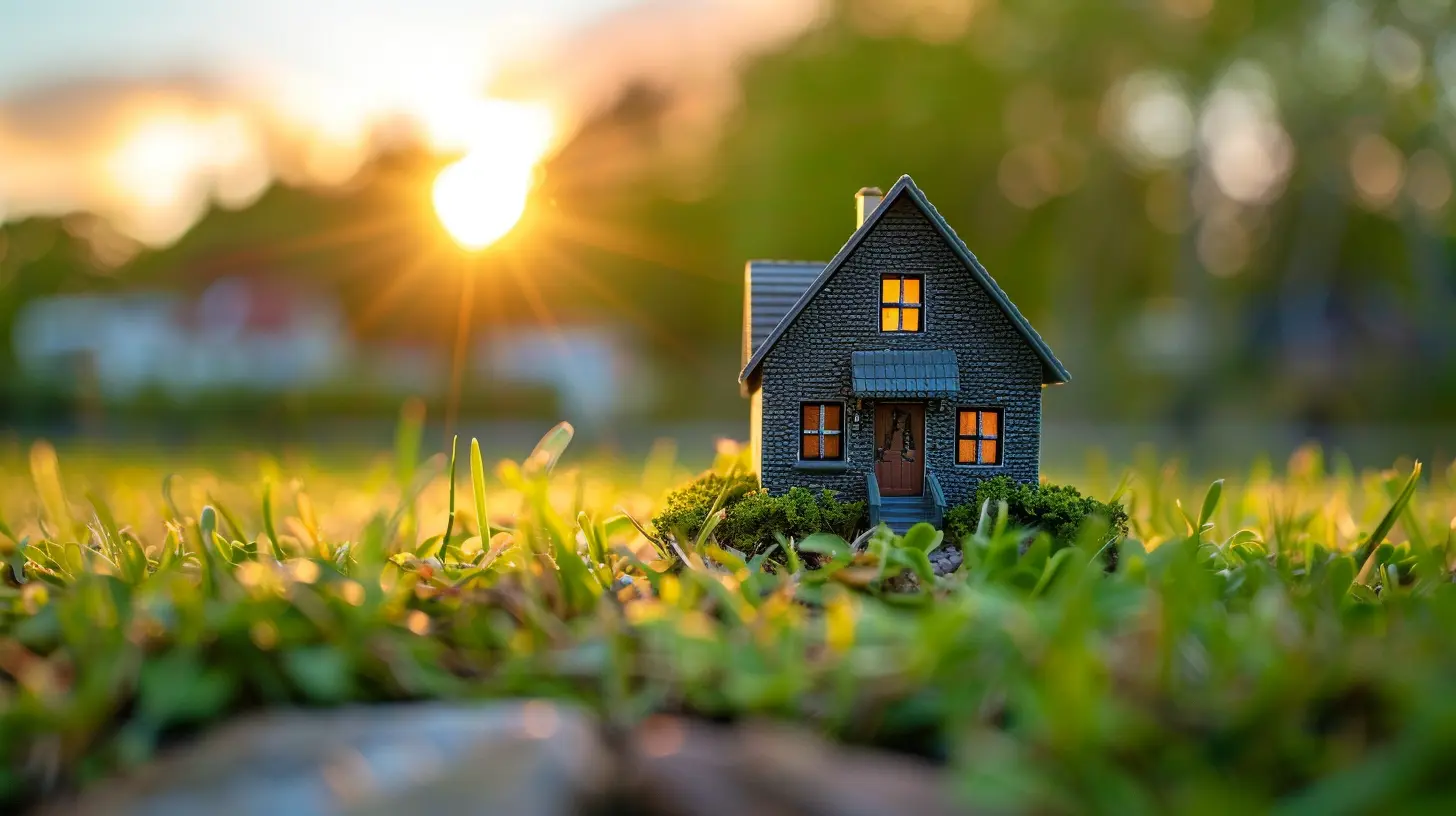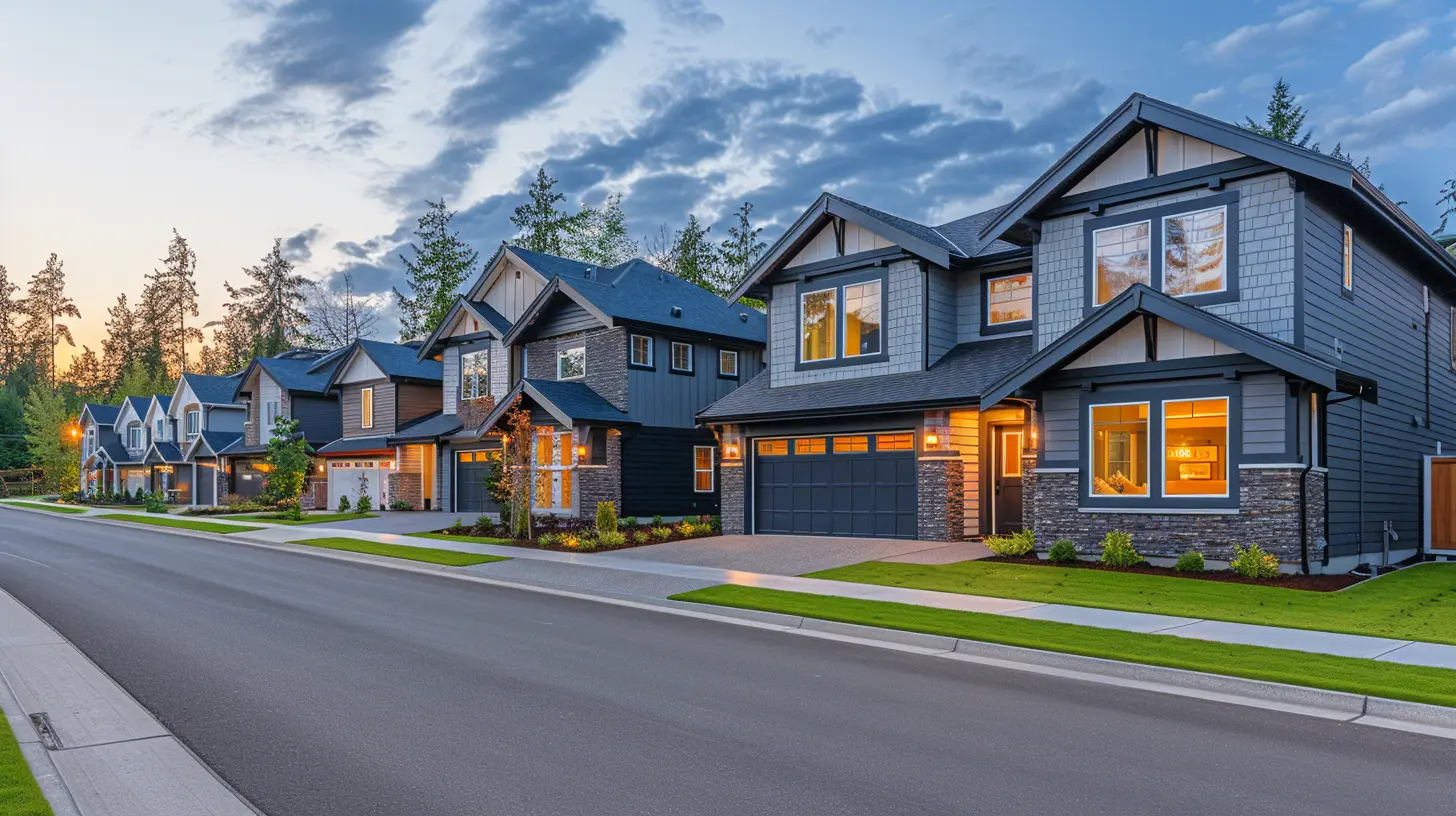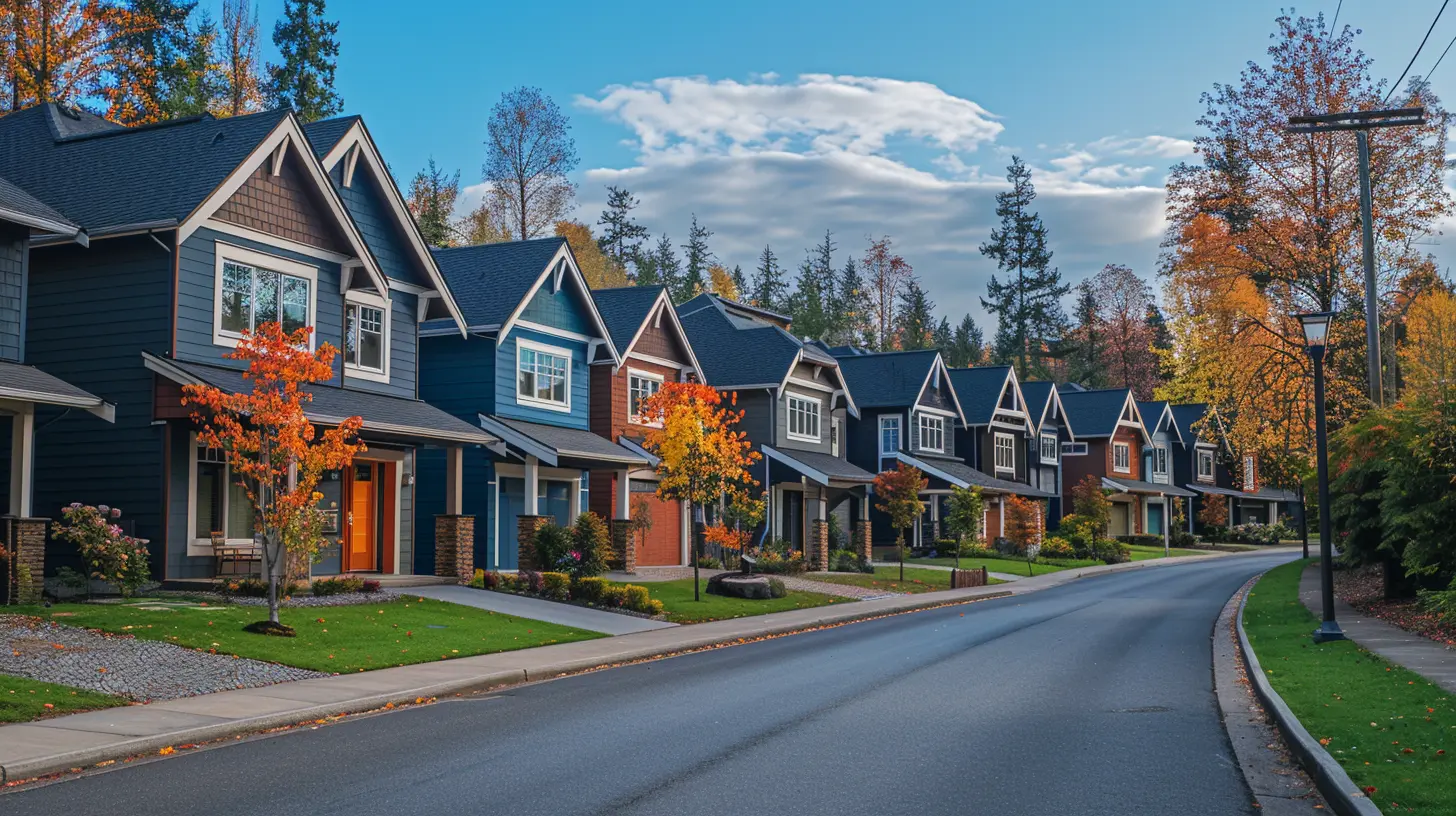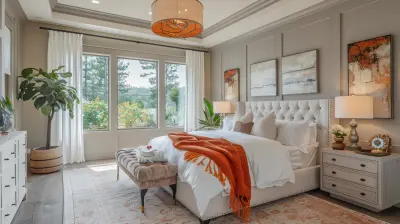Homebuyer Preferences: What's on the Horizon?
9 November 2025
The real estate market is constantly evolving, and so are the preferences of homebuyers. What people wanted in a home five years ago isn’t necessarily what they want today. With new technology, lifestyle shifts, and economic changes, the list of must-haves is always expanding.
So, what’s trending in homebuyer preferences, and what can we expect to dominate the market in the near future? Let’s dive into what’s shaping the way people search for their dream homes!

1. The Rise of Smart Homes
Technology has completely transformed how we live, and homebuyers today are expecting houses to be smarter than ever. A home with smart security systems, voice-controlled lighting, and energy-efficient thermostats is becoming the norm rather than the exception.Why? Convenience and efficiency. People want to control everything from their phones, whether they’re turning off the lights, adjusting the temperature, or checking who just rang the doorbell—all while sitting on the couch.
If you're looking to sell your home in the near future, adding smart home features could make your property stand out in a crowded market.

2. Energy Efficiency & Sustainability
Being environmentally conscious isn’t just a trend—it’s a movement. More and more homebuyers are prioritizing sustainability when searching for a house. Features like solar panels, energy-efficient appliances, and smart thermostats are becoming must-haves rather than nice-to-haves.With rising energy costs and climate concerns, buyers are looking for homes that not only reduce their carbon footprint but also save them money on utility bills. A home that’s built with sustainable materials and offers energy savings will always catch the attention of modern buyers.

3. Open Floor Plans & Multi-Functional Spaces
Gone are the days of boxed-in rooms and closed-off kitchens. Open floor plans continue to dominate homebuyer preferences because they create a more spacious, inviting environment.But here’s the twist—buyers now want flexible, multi-functional spaces. With remote work becoming a permanent lifestyle change for many, having an extra room that can double as a home office, gym, or hobby space is a huge plus.
People want homes that adapt to their needs, giving them the flexibility to transform a space without costly renovations.

4. Home Offices Are a Necessity Now
Speaking of remote work, if a home doesn’t have space for an office, buyers might think twice. Since 2020, remote and hybrid work has skyrocketed, and workers need dedicated spaces to be productive.A tiny desk in the corner of the living room doesn’t cut it anymore. Homebuyers are looking for homes that offer a quiet, well-lit office space where they can work without distractions.
If you're selling, staging a room as a workspace instead of a guest bedroom might just make your home more appealing.
5. Bigger Outdoor Living Areas
Being stuck indoors taught us one thing—outdoor living spaces are a lifesaver. More homeowners now want bigger yards, patios, and balconies where they can relax, entertain guests, or even set up an outdoor office.Outdoor kitchens, fire pits, and cozy seating areas are all becoming bigger selling points. For those living in urban areas, private balconies and rooftop terraces are huge draws.
A well-designed outdoor space is like having an extra room—without the walls!
6. Location Still Matters, But Priorities Have Shifted
Location has always been a key factor in real estate, but the reasons buyers choose certain locations have shifted. Instead of just looking for homes close to the office, buyers are now focusing on quality-of-life factors like:- Walkability – Proximity to parks, cafes, and grocery stores.
- Low Traffic & Noise – Suburbs and small towns are more attractive.
- Good Internet Access – Reliable, high-speed internet is a necessity, especially for remote workers.
With more people working from home, commuting distance is no longer the top priority, giving buyers more flexibility in choosing their ideal neighborhood.
7. First-Time Buyers Are Looking for Affordability
With the rise in home prices, first-time buyers are prioritizing affordability. Many buyers are opting for smaller homes, townhouses, or even condos instead of large single-family houses.Additionally, move-in-ready homes are in high demand. Younger buyers don’t want to spend months on renovations—they want something modern, low-maintenance, and within budget.
If you’re selling, making minor upgrades like fresh paint, modern lighting fixtures, or updated kitchen appliances can make a big difference without a huge investment.
8. Wellness and Health-Conscious Design
Health and wellness are becoming major considerations for homebuyers. Features like:- Better Indoor Air Quality – Homes with high-quality ventilation systems and air purifiers.
- Natural Lighting – Large windows that let in plenty of natural light are highly desirable.
- Home Gyms – With more people ditching the gym membership, having an extra space for fitness equipment is a plus.
Homes that promote a healthy lifestyle are seeing more interest as buyers prioritize well-being just as much as aesthetics and functionality.
9. Smart Storage Solutions
Clutter is out, organization is in. Homebuyers are looking for homes with smart storage solutions that help maximize space without making the home feel cramped.Custom closets, built-in shelving, and well-organized kitchen pantries are major selling points. With many people downsizing or choosing smaller homes, efficient storage solutions can make all the difference.
10. The Rise of Secondary Living Units
One of the biggest emerging trends? Accessory Dwelling Units (ADUs). Whether it’s a backyard guest house, basement apartment, or converted garage, secondary living spaces are in high demand.Why?
- Extra rental income.
- A private space for aging parents or adult children.
- More flexible living arrangements for multigenerational families.
Buyers are recognizing the value of having additional living space that can serve multiple purposes. If you have the space, adding an ADU could significantly increase your home’s appeal and value.
The Future of Homebuyer Preferences
So, what’s next for homebuyers?The shift in preferences is largely driven by lifestyle changes, economic factors, and new technological advancements. Future homes will likely continue to focus on smart technology, energy efficiency, and flexible spaces to meet the evolving needs of homeowners.
If you're in the market to buy, knowing these trends can help you make a smarter investment. And if you're selling, making small improvements that align with these preferences can give you an edge in an ever-competitive market.
Either way, one thing is for sure—the way we view our homes is changing, and the future of real estate will be shaped by these evolving buyer demands.
all images in this post were generated using AI tools
Category:
Real Estate ForecastAuthor:

Melanie Kirkland
Discussion
rate this article
1 comments
Simon Harmon
This article provides valuable insights into emerging trends in homebuyer preferences. As the market evolves, understanding these shifts is crucial for both buyers and sellers to make informed decisions. Exciting times ahead for the real estate landscape!
November 12, 2025 at 4:43 AM


